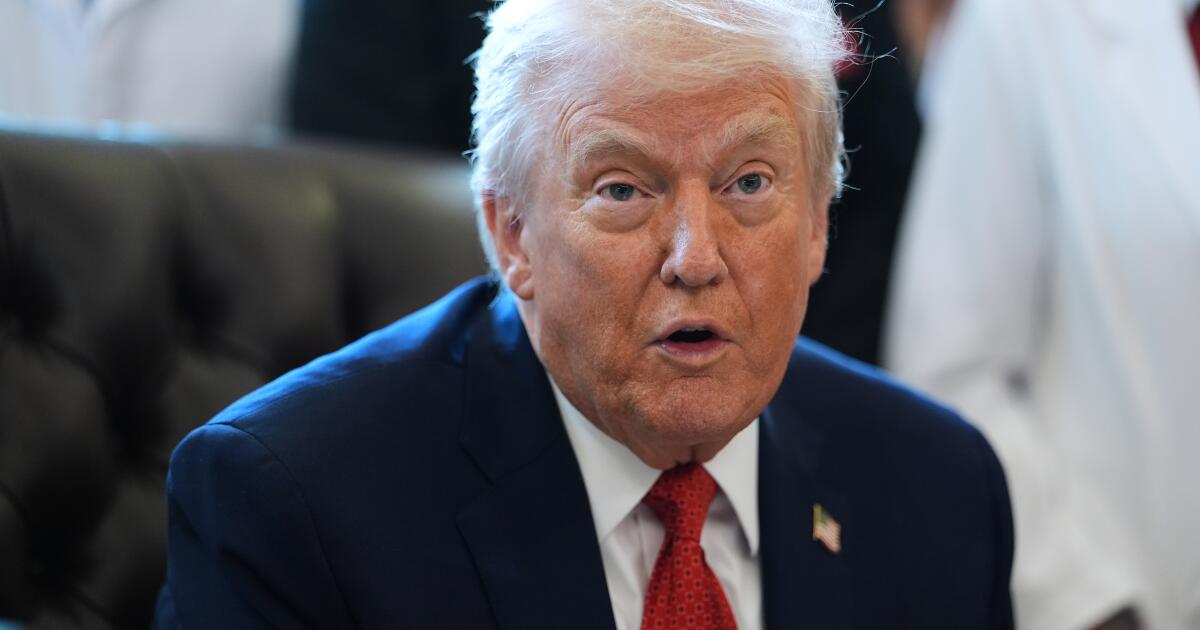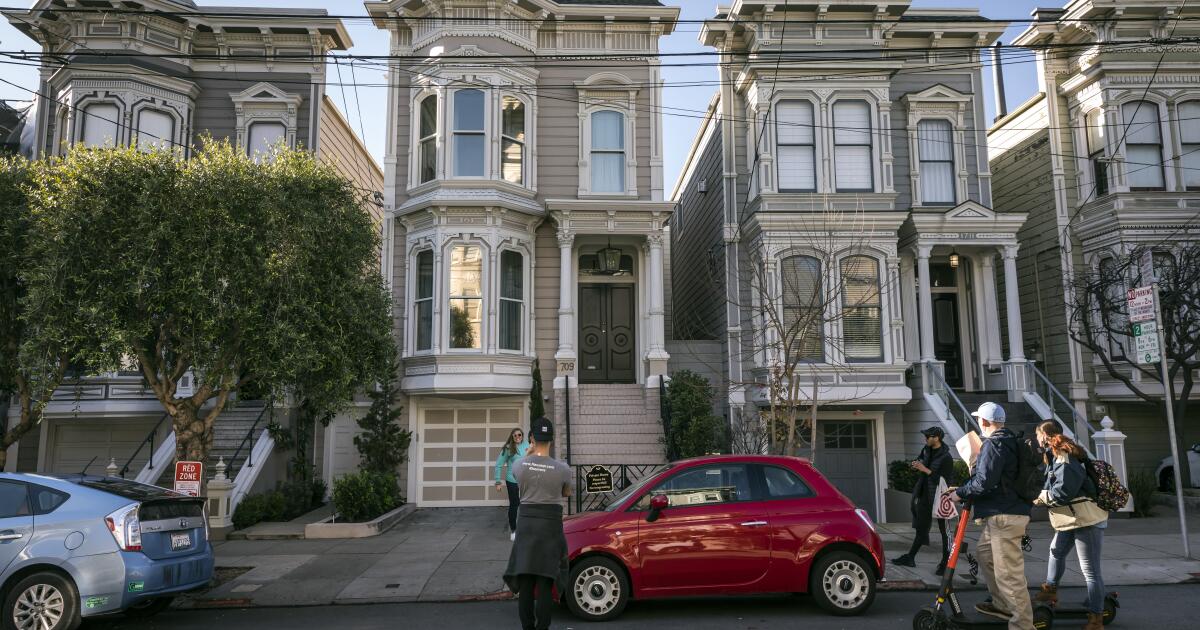A proposed tax increase in one European country has sparked concern
Ryanair has blasted moves that could see passengers pay higher bills under moves to increase airport departure taxes in one popular European destination by as much as double the current rate. In Belgium, the current federal tax stands at five euros per passenger and will be increased to 10 euros per passenger from 2027, which may see costs pushed onto passengers.
On top of this, Charleroi Airport in Belgium will reportedly make passengers spend three euros on their flights, according to proposals made by the Charleroi City Council. Some European publications have speculated this will push competition onto cheaper flights in neighbouring airports such as Paris-Beauvais and Lille Airport.
Ryanair are furious. In response to the proposed tax change, the airline has already confirmed this week that it will cut one million seats from its Brussels Winter 2026/27 schedule.
Ryanair said this move will also affect 20 routes on the schedule while arguing that the move is in direct opposition to other EU markets such as Slovakia, Sweden, Italy, and Hungary, where it claims such taxes are being cut down to drive up tourism. Because of this, Ryanair is calling on both the Belgian Prime Minister De Wever and the Mayor of Charleroi, Thomas Dermine, to reverse the proposed plans.
Ryanair’s Jason McGuinness said: “The De Wever Govt has bizarrely decided to further increase Belgium’s already sky-high aviation tax by another +100% from Jan 2027, on top of the +150% in July last. These repeated increases to this harmful aviation tax make Belgium completely uncompetitive compared to the many other EU countries, like Sweden, Hungary, Italy, and Slovakia, where Govts are abolishing aviation taxes to drive traffic, tourism, and jobs.
“As a result of this second tax hike in just 5 months, Ryanair has been forced to cut -22% of its Brussels traffic (-1m seats), -5 aircraft from our Charleroi base (loss of US$500m investment), and 20 routes (13 from Charleroi & 7 from Zaventem) for Winter 26/27. Should the Charleroi city council proceed with its ill-judged proposal to introduce further taxes on passengers departing from Charleroi next year, these cuts will deepen as Ryanair will be forced to reduce flights, routes and based aircraft at Charleroi from as early as April 2026 with thousands of local jobs at risk.
“If Prime Minister De Wever and his Govt really wanted to revive Belgium’s economy, they should abolish this harmful aviation tax, not double it. Despite so many other EU countries taking this step to support their economies, Belgium is going in the opposite direction, driving up access costs and pushing airlines and tourism elsewhere.
“We urge Prime Minister De Wever to scrap this damaging aviation tax before Belgian’s traffic, tourism, jobs, and the wider economy collapse any further. Furthermore, the Charleroi city council needs to abandon its lunatic plans to increase taxes driving job losses with the effect of lowering payroll, VAT and corporate tax receipts for the local economy.”
Belgium receives more than 18 million tourists each year. According to the latest data from the British government, around 1.3 million Brits travel to Belgium each year.
The proposed doubling is reportedly designed to help finance airport infrastructure and meet new environmental requirements, according to Air Journal.





